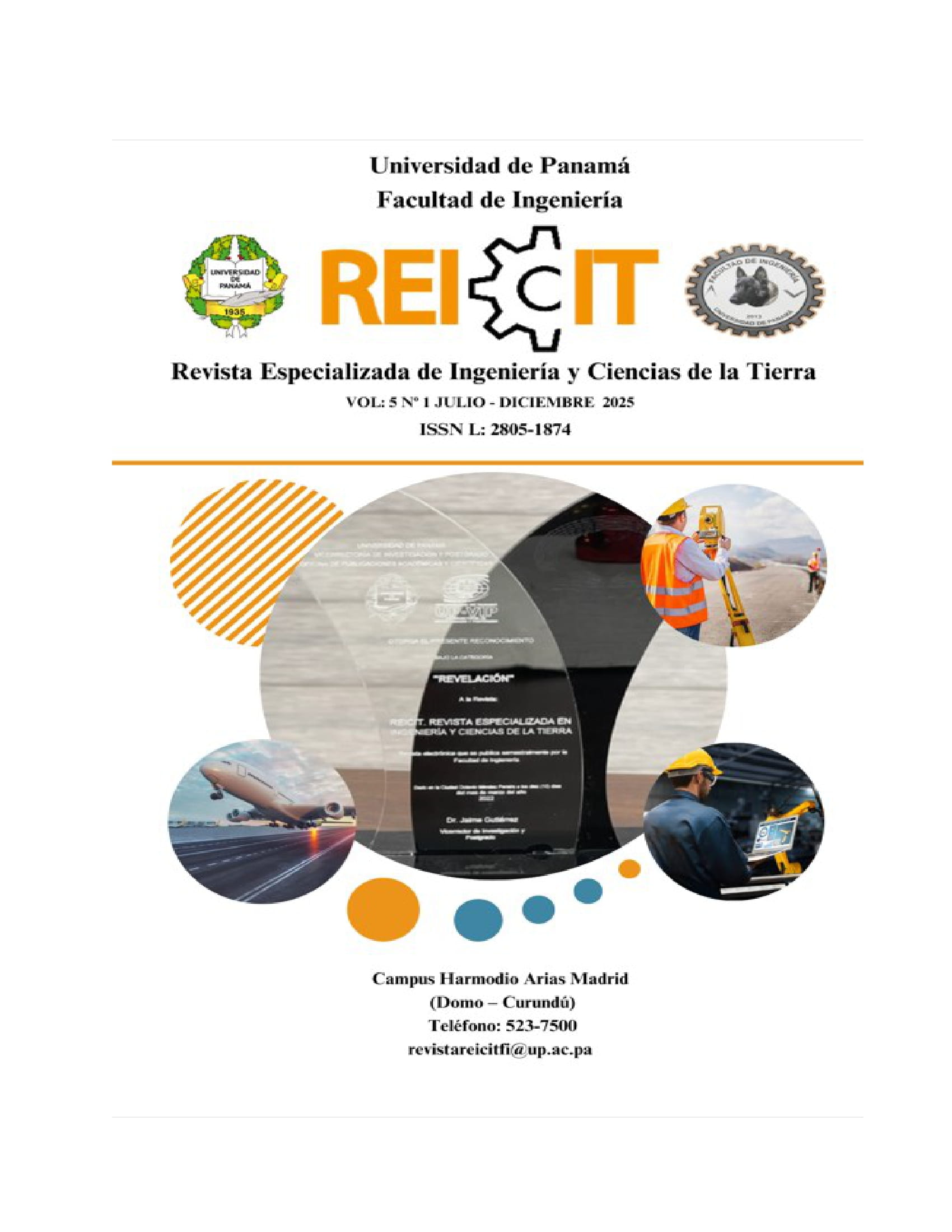

Copyright (c) 2025 REICIT

This work is licensed under a Creative Commons Attribution-NonCommercial-ShareAlike 4.0 International License.
A quantitative study was carried out with the aim of determining the level of effectiveness of the therapeutic protocol applied to patients treated with snakebite in the Emergency Room of the Luis Chicho Fábrega Hospital, in the period corresponding to January-December 2021. The study was descriptive, cross-sectional and retrospective, with a universe of 235 male and female cases, of which all patients who met the inclusion criteria were taken as a sample, made up of 194 cases. The Microsoft office Word 2017 program was used to write the final report, the SPSS statistical program and Excel 2013 for making graphs and tables. The information was obtained through the application of the Clinical management according to therapeutic standard instrument by the authors Solís-Tinoco with the direct review of the patients' clinical records. The compliance analysis of the protocol was carried out based on the four fundamental pillars of therapeutic management: area of ??bite location, indication of laboratory tests, administration of anti-venom serum and antimicrobial coverage. The results determined that the identification of the clinical picture according to signs and symptoms presented by the patient in relation to their level of toxicity, according to the applied protocol were: 23% cases of absent poisoning, 33% mild, 40% moderate and 4% severe. It was concluded that therapeutic compliance according to the Standard of care for poisoned patients in such cases was 77.3% in relation to the administration of anti-venom serum, the performance of laboratory tests and complementary examinations necessary for the evaluation of the damage of toxins by the venom to the different organs was 100%, the same percentage for antimicrobial coverage.